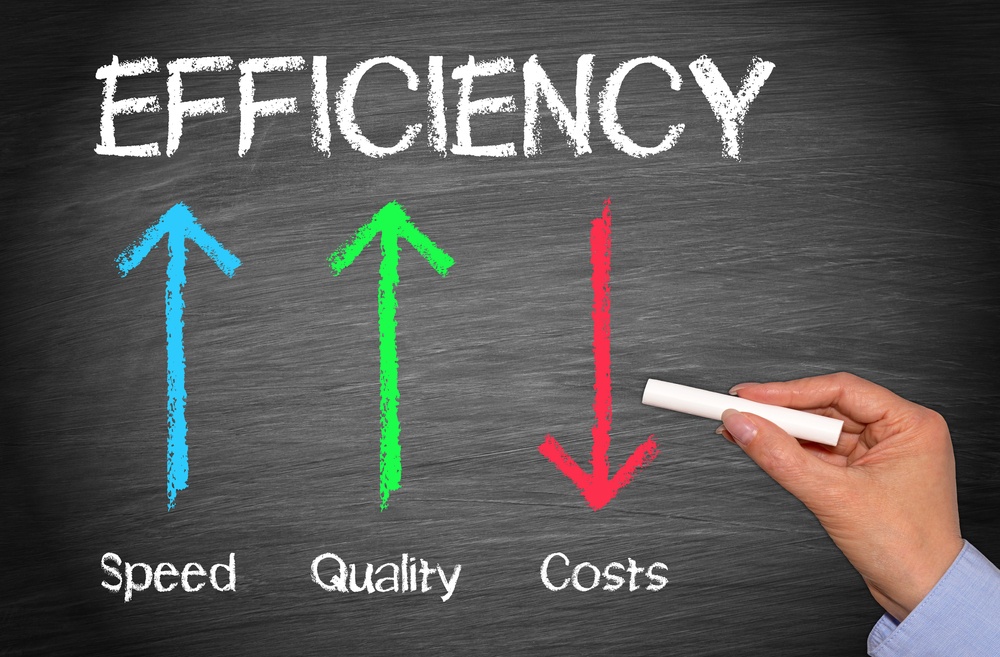For anything other than a bond or a debond, there is no reason to go to the chair more than one time per patient visit. Seriously. Well, I guess if you have inexperienced or incompetent staff I would go twice, and maybe if you were doing something out of the ordinary or super complex doubling up might be a good idea. But these are exceptions to the rule and you should work hard to train your clinicians to render great care. Also, if a procedure is that complicated, why not just do all the work yourself? What we do is not complicated, by and large. If you think about it, what we do during the majority of routine orthodontic appointments is far less technically demanding than what nail techs do when performing a manicure or pedicure. And what we do is far less invasive or likely to result in harm! Why do we orthodontists insist that we are the only ones qualified to do ANYTHING in the mouth when the truth is that a seasoned assistant is probably much better at these delegatable/repeatable procedures than we are AND most patients would rather have an assistant work on them (despite what you think, doctor).
How do you manage to go to the chair only once per visit? It’s simple but not easy:
1) First you have to have simple mechanics so that what you are doing is simple to train others to do, often repeated and very predictable.
2) Train your staff well and teach them why you do what you do. You want the clinicians to understand the why so that they can predict what you will want to do AND if you make a mistake, a good clinician can and will speak up to point it out (IF your culture allows them to do so).
3) Write down what you will do at the next visit. Every. Single. Time.
4) Allow your team members to begin working on what you prescribed last visit while they are waiting on you.
5) Train team members to call you at the appropriate time:
- If the appointment is a simple wire change with nothing broken the clinician can change the wire then call you.
- If it’s an elastic check the clinician can call you to have a look first before making changes so you can DX and TX plan and give instructions for this appointment and the next.
- If you are detailing wire then the clinician can have everything ready for you to bend before calling you. I ask the clinicians to take the TMA wire out and make sure there is nothing broken and verify that the wire slides in and out of the molar tubes. They then replace the wire so I can mark and bend it.
- If there is a broken bracket by itself or in combination with any of the above procedures or when there is a planned repair or repo, the clinician can have the handpiece and everything else ready before calling you. Upon arrival, you can do any DX and/or evaluation before starting the repair. Be sure to just go ahead and repair the bracket at the same time you remove the glue when there is only one or two brackets to be repaired rather than getting up, having the clinician use a retractor and coming back to the chair. It’s faster and more comfortable for the patient.
It takes some practice and getting used to but if you’ll think about what you do and why, you’ll find you’re much more efficient than you’ve ever been! There is no one thing to do or one secret to running an efficient office. It’s the culmination of several small things done well and done consistently. You can do it!

